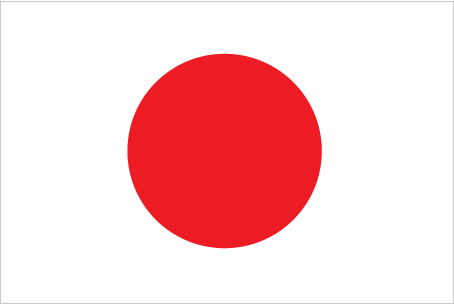To help inspire or plan your trip to Japan, some of its major attractions
for travellers are shown below, including some of the best natural, historical, cultural and adventure sites in the country.
These include all of UNESCO World Heritage Sites for Japan which represent the best
of the world's cultural and natural heritage.
Click on the icons below to focus on specific types of features
(click again to return to all).
|
|
|
|
|
|
|
|
|
|
|
|
 |
|---|---|---|---|---|---|---|---|---|---|---|---|
| Natural | History | Wildlife | Trekking | Cities | Religious Monument | Boat Journey | Rail Journey | Diving | Cultural | Adrenaline | UNESCO WHS |
Trekking opportunities in Japan
| Mount Fuji | |
|---|---|
Mount Fuji is the highest mountain in Japan at 3,776 metres and its almost perfect volcanic cone makes it one of the most recognised and photographed peaks in the world. The mountain is divided into ten stations and a climb to the top usually begins at Station 5 at approximately 2,400 metres. The trek to the summit takes about 6 hours but can be broken up to ensure you reach there for a spectacular sunrise. The summit is actually a circular crater rim and has a shrine, weather station, post office, and 24hr noodle bar! Mount Fuji is only open for climbing in July and August. UNESCO World Heritage Site: Fujisan, sacred place and source of artistic inspiration | |
| Mount Yarigatake | |
|---|---|
Mount Yarigatake is Japan's fifth highest mountain at 3,180 metres and was dubbed the Japanese Matterhorn by English climber Walter Weston who first summited the peak in 1891. From a base at Kamikochi (1500m) in the Chubu Sangaku National Park, the climb is initially through alpine meadows and forests before a steeper climb over boulders and rocks to the summit. On a clear day, there are spectacular views of the nearby mountains. | |

